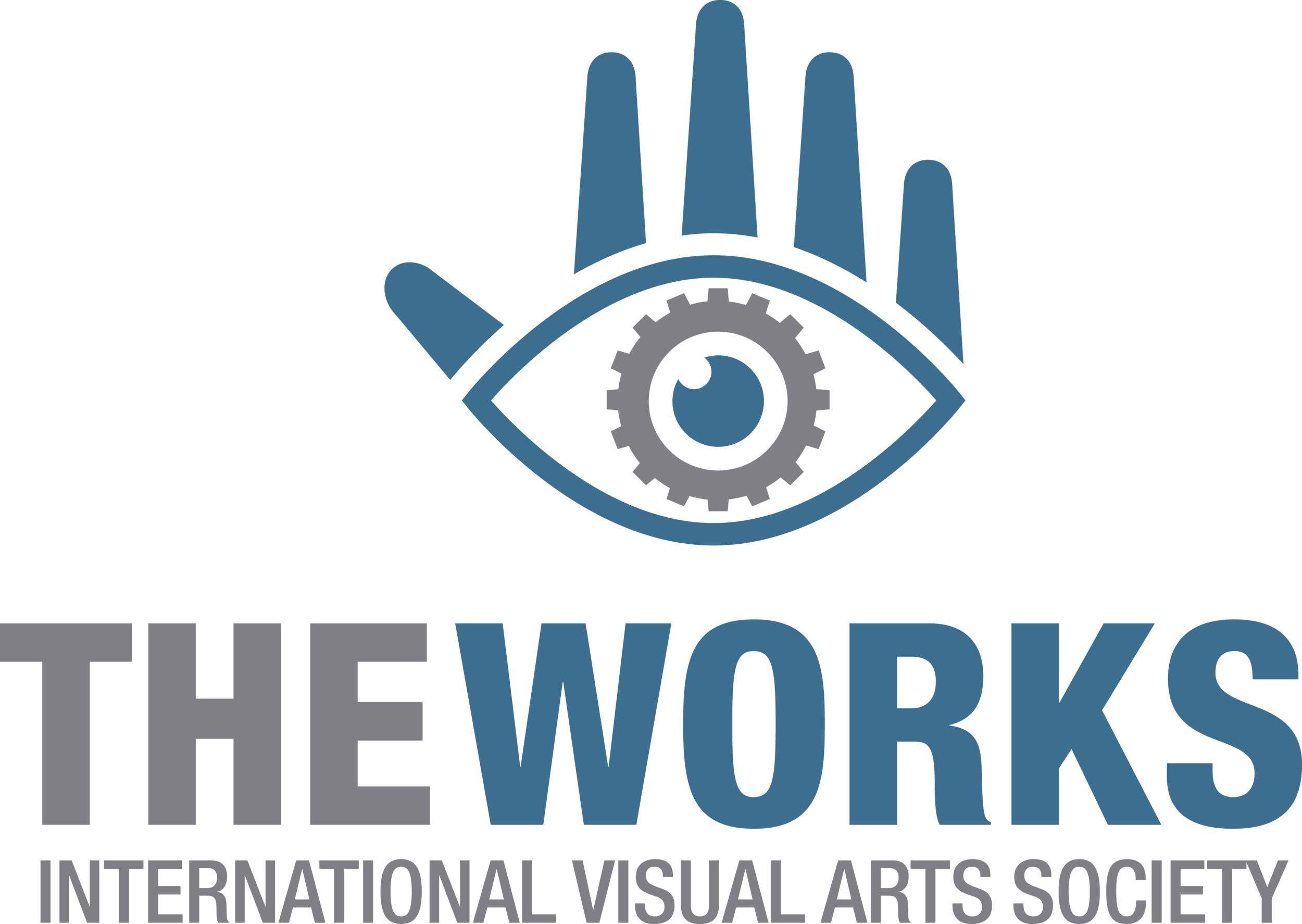In context with Carolyn Jervis
Works-to-Work Alumni, Carolyn Jervis, is the Director of the new John and Maggie Mitchell Gallery, a public gallery in MacEwan University’s new fine arts centre, Allard Hall.
Carolyn’s job now, in as simple words as possible, is to absorb works of art and the world they’re embedded in. This work can’t be contained in a nine-to-five work day, as any knowledge gained contributes to a richer context, informing and connecting all of Carolyn’s practices, like curating, programming, researching, and art writing.
Being the Mitchell Gallery’s only staff member, an average day for Carolyn might find her performing hands-on duties, like gallery sitting or erasing pencil marks from the white walls. But the bulk of Carolyn’s work is coordinating, planning, researching and thinking – puzzling out what it means to be a public gallery in the just-north-of-downtown neighbourhood. Brought on to ready the gallery for opening, Carolyn curated the Mitchell Gallery’s first show, Where This Goes, a group exhibition of MacEwan Fine Art Alumni from various eras, now practicing all over the country.
Photo courtesy of Blaine Campbell
The show’s title is both a statement and prompt for reflection. Thinking of MacEwan’s decades-old fine art program as a starting point, we see 6 alumni trajectories. In conversation, Carolyn discusses the significance of studying the present work of alumni:
I’ve been thinking a lot about the importance of understanding where you come from, historically. Artists and all of us are discursive formations in some way and we’re embedded in these stories. What does it mean to look at artists who were part of the history of this program, who have been students in different periods of time and to look at their work together, the work that they’ve made in the present? In doing this, there’s a tethering between the past and present. Is there a sort of commonality that we’re seeing and does that tell us anything that’s meaningful?
In terms of the gallery itself, Where this goes also points to the complexities of running a public gallery in an academic institution. It posits big questions, such as whom and what public does this public gallery serve? Carolyn acknowledges that museums are not neutral, referencing Mike Murawski and LaTanya Autry’s campaign and t-shirt that highlights the bias nature of museums, despite the over-arching narrative that museums are safe, neutral spaces, also implied by the white walls of a typical gallery space. Acknowledging bias and shedding the urge to develop “neutral” programming leaves a gap in the identity of a gallery that can be filled by examining the many overlapping communities within the gallery’s reach:
Thinking about the diversity of the neighbourhood, we have luxury condos, walk-up apartments, a lot of newcomers to Canada, a big urban indigenous population – we’re surrounded by a lot of people with different stories. If you’re thinking about being a public gallery, what public are we serving? These are the really big questions that we’re going to be working through and struggling through and asking lots of questions about – this year, and into the future, but pretty fundamentally now.
After receiving a BA from the University of Alberta, majoring in history of art and visual culture with a minor in women’s studies, Carolyn achieved a Master of Art degree in art history, critical and curatorial studies from the University of British Columbia. Outside of the Mitchell Gallery, Carolyn is also completing a research project about the Art Gallery of Alberta regarding access to public art for Syrian and other refugees. As a Works-to-work intern for three years between 2007 and 2010, Carolyn participated in the curatorial stream. Years following, she completed curatorial work for several arts institutions, and has made many writing contributions to major arts publications and exhibitions.
You can read Carolyn’s review of Ruth Cuthand’s artwork, Don’t breath don’t drink in C Magazine online.

